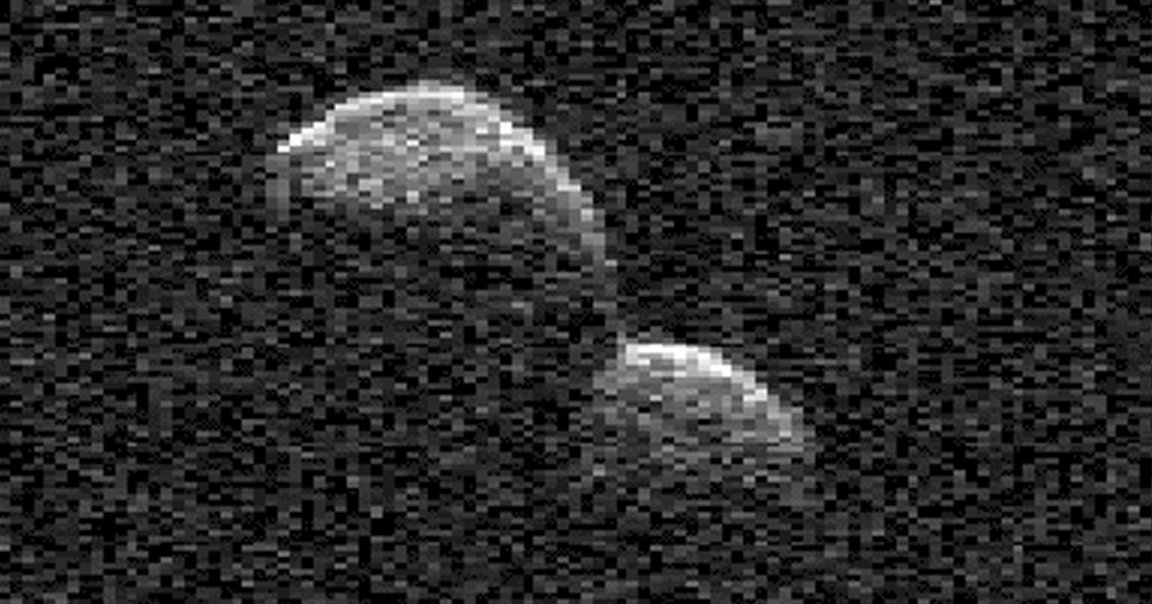
Tall Boy
A near-Earth asteroid is turning heads for a distinct shape that makes it awfully hard to take seriously — even though it’s “potentially hazardous.” As seen in a series of radar images, the rocky object looks a whole lot like an enormous peanut tumbling through space. Or, depending on how you see it, perhaps a decapitated snowman.
The object, known as 2024 ON, came within 621,000 miles of Earth when it blew past our planet on September 16, according to NASA’s Jet Propulsion Laboratory. That’s about 2.6 times the distance to the Moon, bringing it close, but not uncomfortably so.
First picked up in July by the Asteroid Terrestrial-impact Last Alert System (ATLAS) in Hawaii, the nutty invader is also formidably large. Its width is unclear, but lengthwise, it’s an astonishing 1,150 feet across. If it were a skyscraper, it’d be nearly as tall as the Empire State Building.
Gruesome Twosome
Taken just a day before the asteroid made its close approach with our planet, the radar images — arranged in an animation here — were captured by the Deep Space Network’s Goldstone Solar System Radar near Barstow, California.
Thanks to their detail, we now know what the asteroid owes its peanut shape to. It’s actually what’s known as a contact binary: two smaller objects that are touching each other to form an apparent larger structure.
In this case, one of the rounded lobes is about 50 percent larger than the other, connected by a distinct “neck,” NASA said. According to the space agency, at least 14 percent of asteroids of this size — 660 feet and longer — appear to be contact binaries.
The radar imagery also reveals the presence of distinct features on the asteroid’s surface, including boulders that show up as bright spots.
Safe in Space
This is actually the second peanut-shaped asteroid to swing by our planet in the past month or so. A contact binary of similar size, 2024 JV33, made a close approach on August 18, demonstrating an elongated orbit resembling that of a comet influenced by Jupiter.
Fortunately, neither of these nutjobs should cause us any harm.
“This asteroid is classified as potentially hazardous, but it does not pose a hazard to Earth for the foreseeable future,” NASA said. “These Goldstone measurements have allowed scientists to greatly reduce the uncertainties in the asteroid’s distance from Earth and in its future motion for many decades.”
More on asteroids: Will This Killer Asteroid Hit Earth in 2029? Scientists Say They’ll Know for Sure by 2027